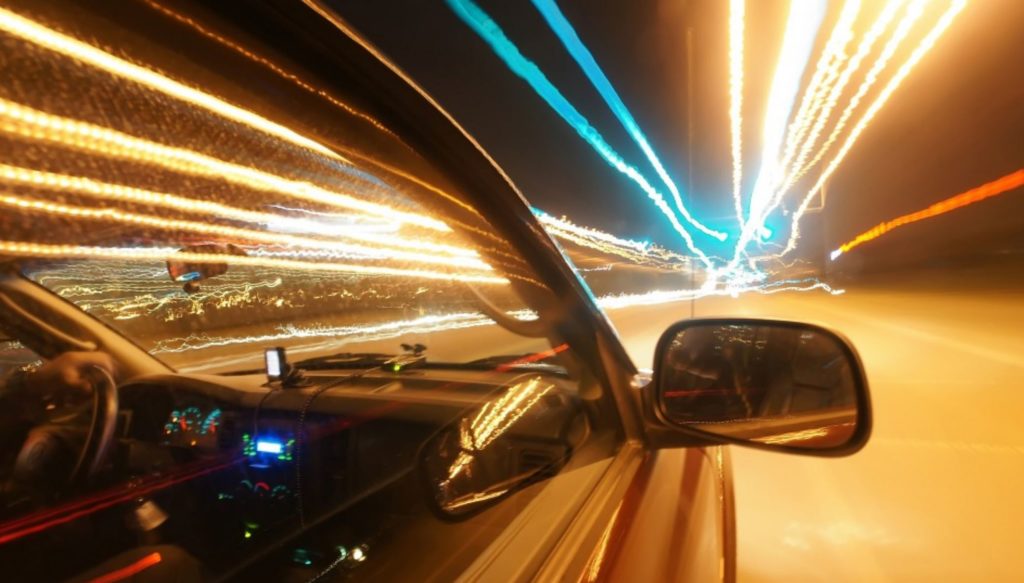 By B.N. Frank
By B.N. Frank
Thanks to LED and H.I.D headlights, “Disability Glare” on American roads isn’t just happening to old people. The amount of accidents caused by it has yet to be determined. Health issues associated with LED lights aren’t isolated to temporary vision impairment either (See 1, 2). Exposure can also harm animals and nature.
From WTFS in Tampa Bay, Florida:
Dr. Tom Chester is the Clinical Director at Cleveland Eye Clinic. He says he has seen an increase in patients having trouble driving at night or in the dark.
“Patients often come in talking about difficulty driving at night with glare, headlight,” he said.
The goal behind the stronger L.E.D and H.I.D lights are so drivers will be able to see better in low-visibility situations, but that can affect the other drivers on the road.
“It creates discomfort. It can create irritation. It causes you to want to shy away from it, and so as a result, it can cause a lot of reflexes to kind of close the eye, dim the eye, look away,” said Dr. Chester.
Studies show long exposure to the lights can damage the retina.
“After you look at that you kind of have to shake your head off and it takes a few seconds, and when you’re driving that’s a long time for something to happen,” said Piper. “I think it’s posing a safety hazard to drivers out there.”
A spokesperson with the Ohio State Highway Patrol says they don’t have a way of measuring the brightness of lights when the troopers are taking down crash reports.
There are state and federal regulations that limit the brightness of headlights.
From Fox 25 in Oklahoma City, OK:
Experts at AAA said new LED headlights can be blinding and are making it harder for drivers to see.
“Especially with vehicles sitting up higher than they used to these days, it’s hitting us more in the eyes than it ever has before. It’s become an issue with the lights. It’s great for the person driving the car because they can see everything but not for the person the light is hitting,” said Kevin Lynch, AAA car care manager.
Lynch said LED lights produce a much higher lumen than halogen lights.
“The intensity of the light is a lot more,” said Lynch. “The LED lights produce more of a blue light so our eyes aren’t able to dilate when the vehicles are coming at us. It’s almost like a blinding effect right away. You get that blue halo and see that white light for a while.”
Not only are the lights brighter, but Lynch said they also project more light out.
[…]
Bryan Womack, a doctor at Bright Eyes Family Care, said LED lights, especially, cause problems for older drivers, those with dry eyes, retinal issues or in the need of cataract surgery.
Experts also recommend that drivers look away from the lights coming at them.
“Quit looking at the light and stare at the lane next to you just for the five seconds it takes for a person to pass you so you don’t get a halo effect,” said Lynch.
Yellow-tinted glasses may help while driving. But they won’t protect from all the other health issues associated with exposure to LED lights. Incandescent light bulbs are a healthier option whenever possible.

Be the first to comment on "Warnings from AAA, AMA, and More About “Disability Glare” Affecting Drivers of All Ages. LED Bulbs Causing Other Health and Environmental Issues."